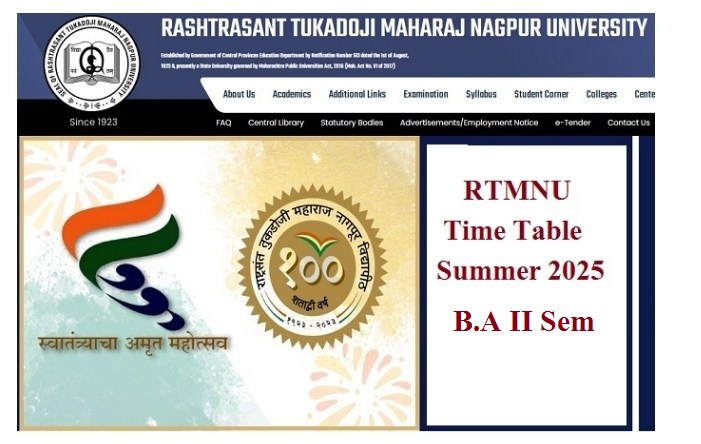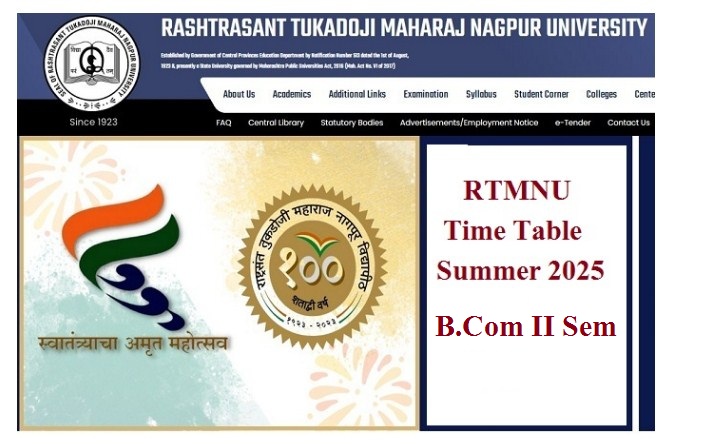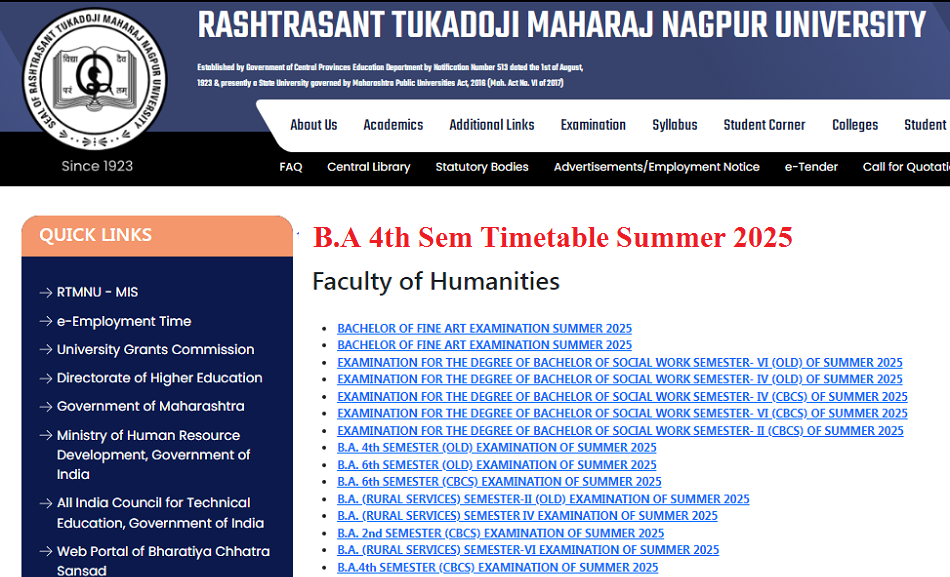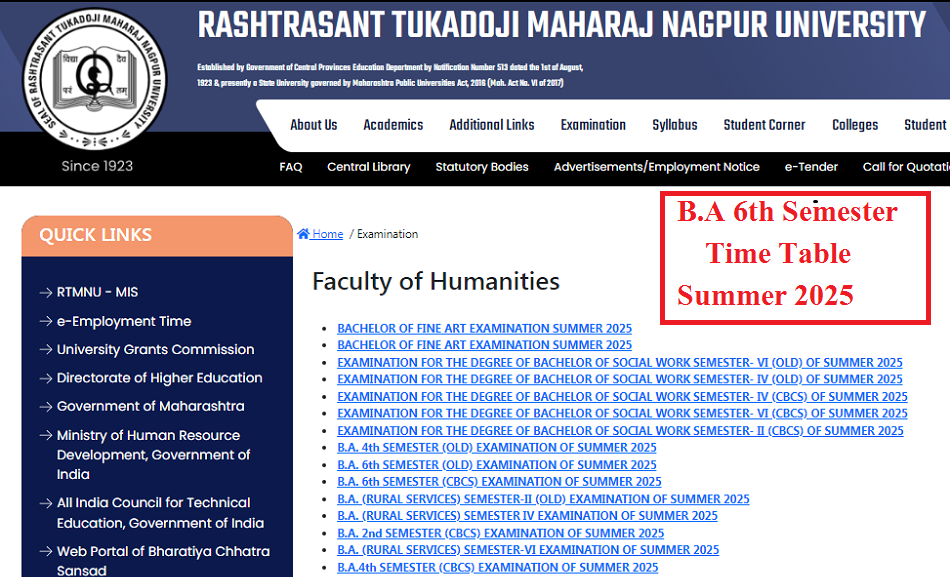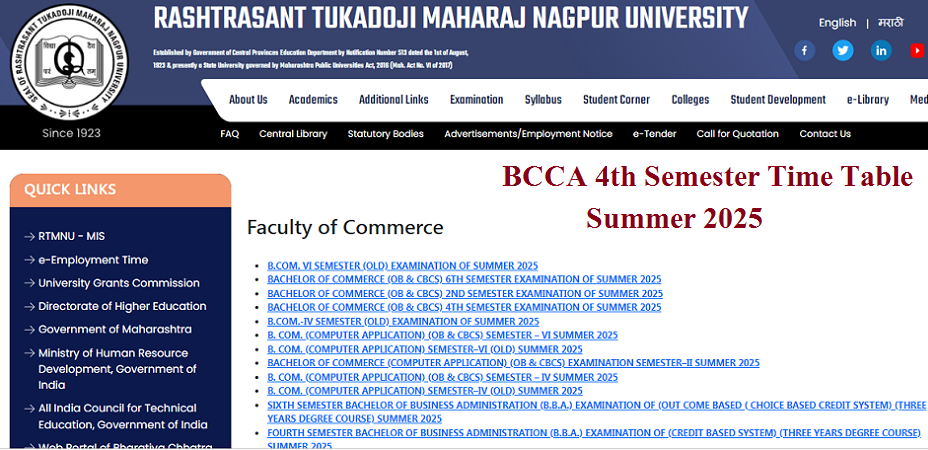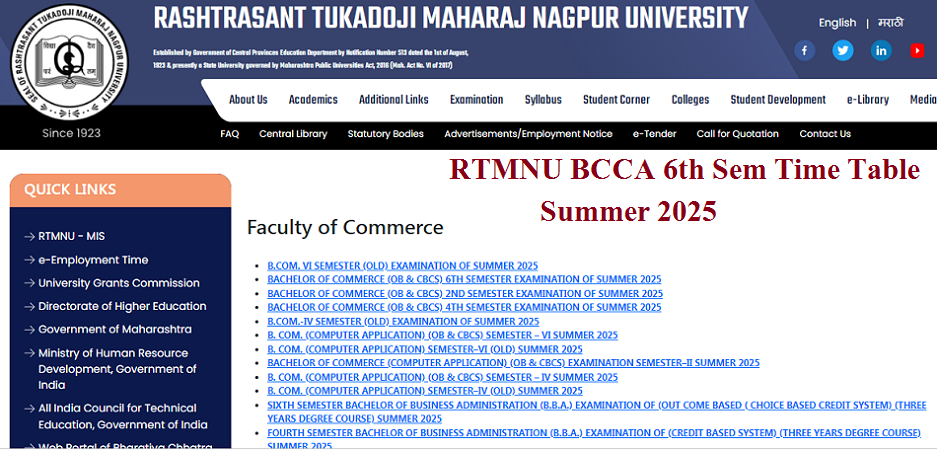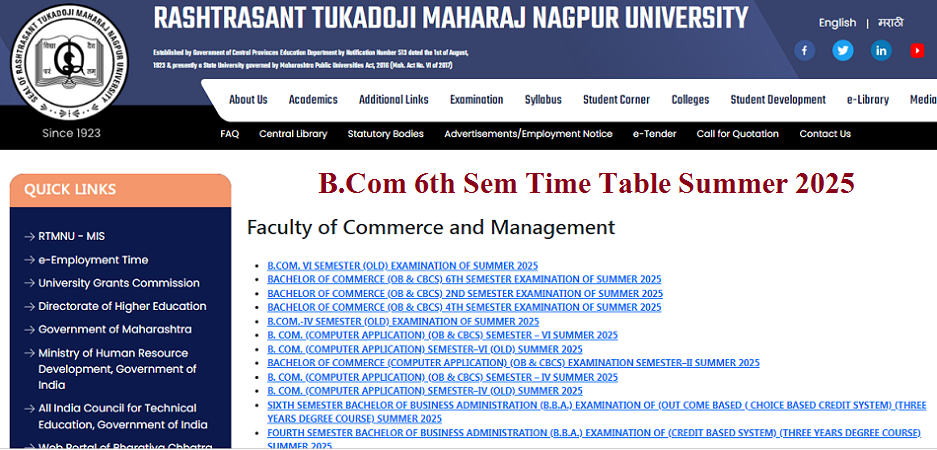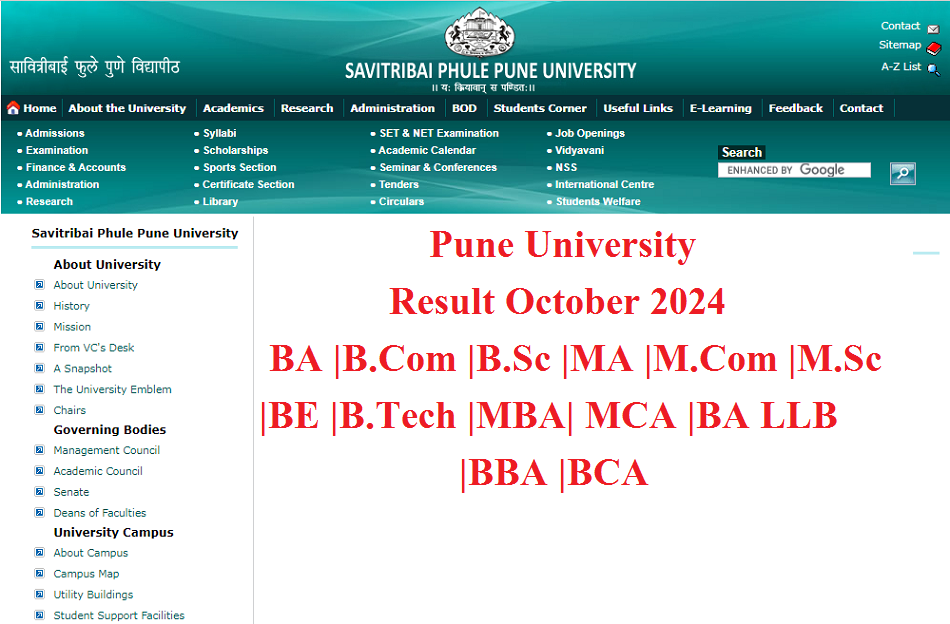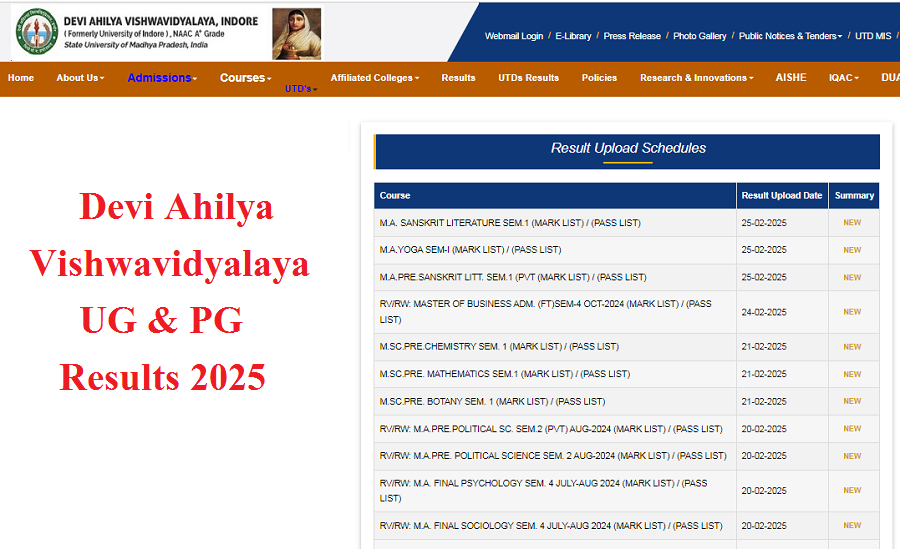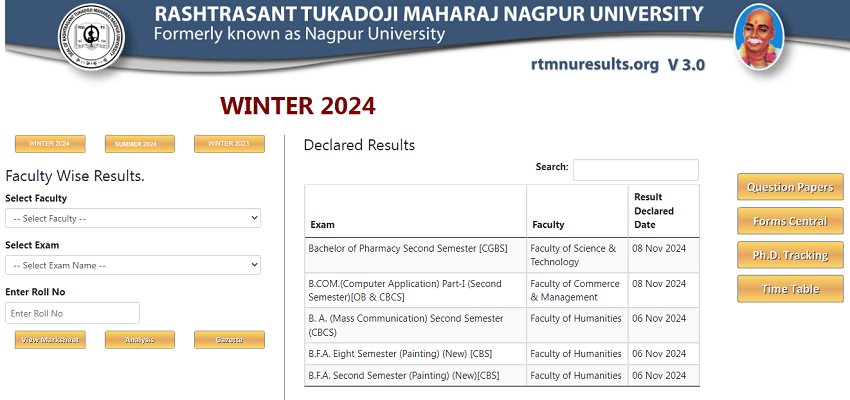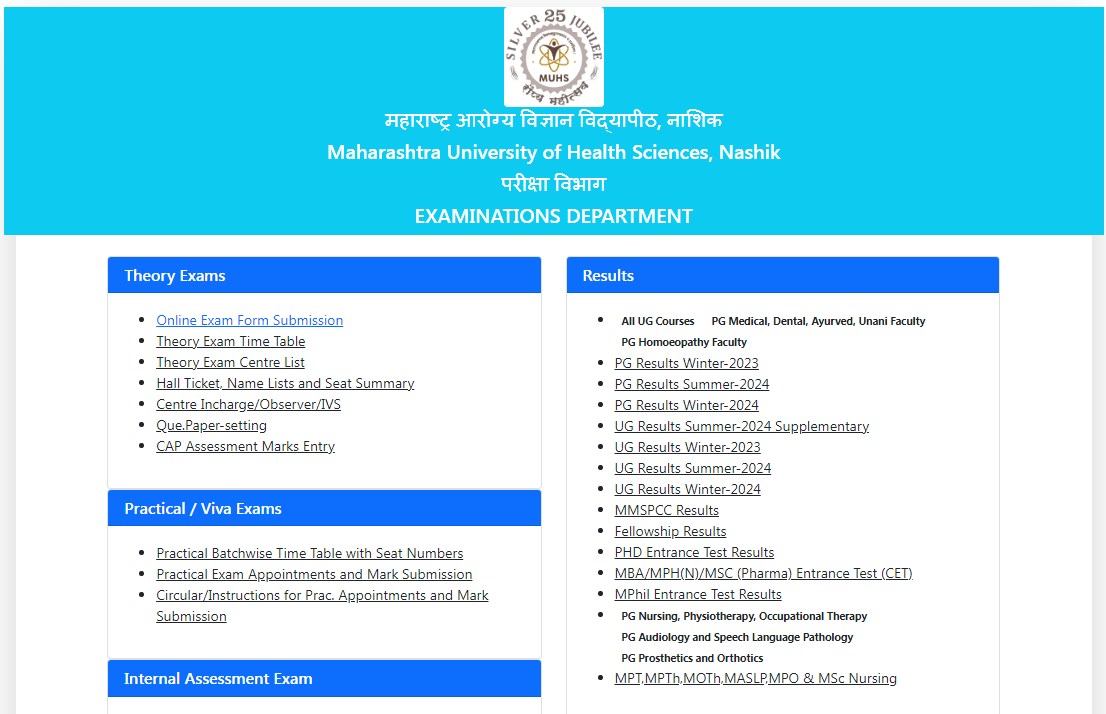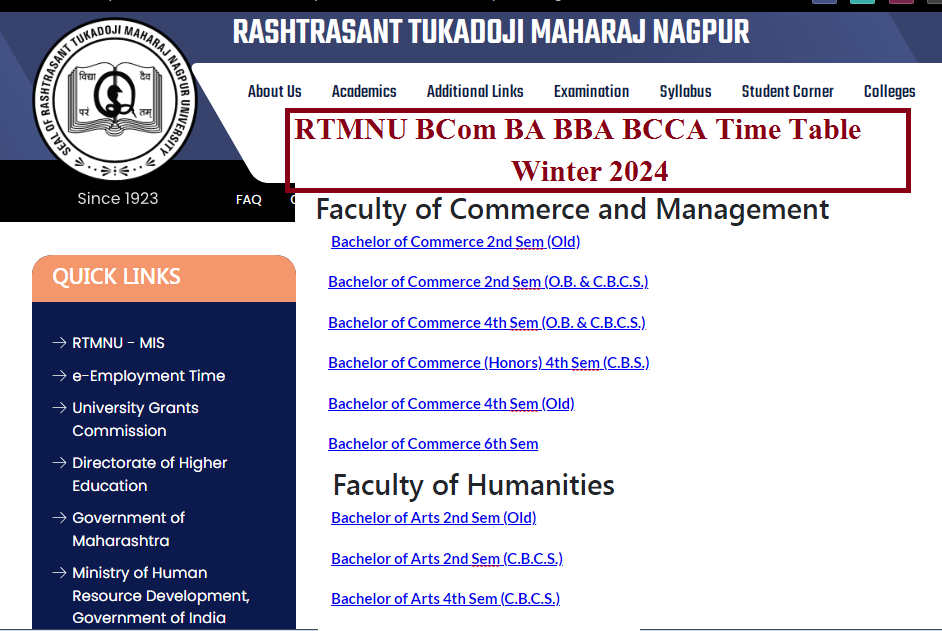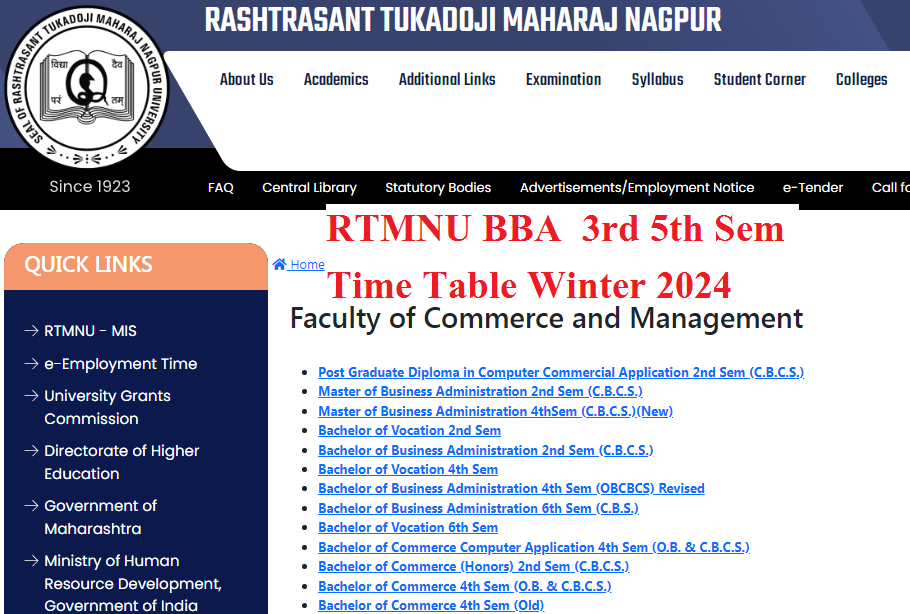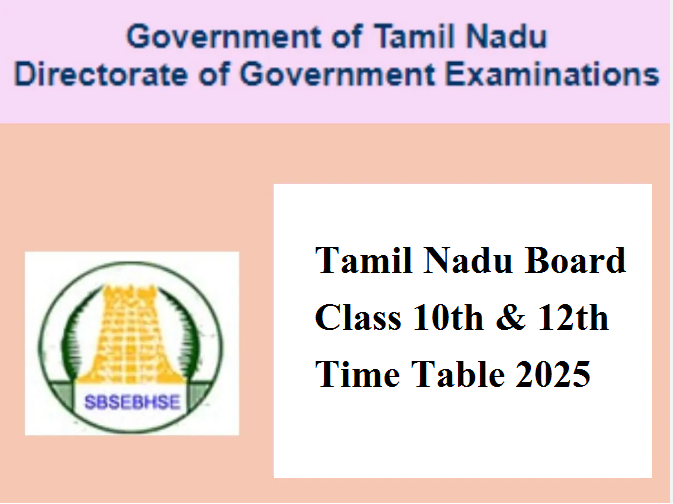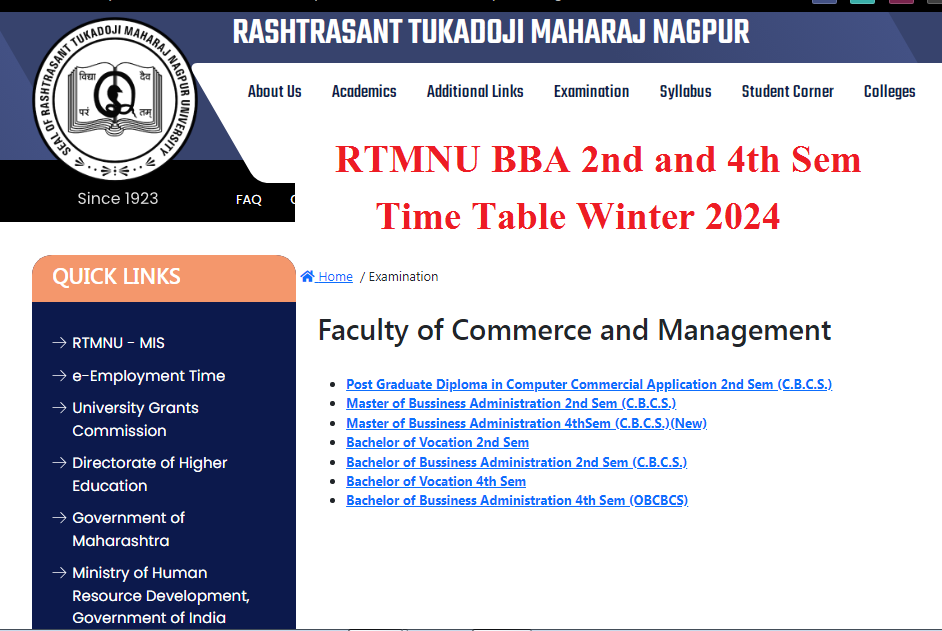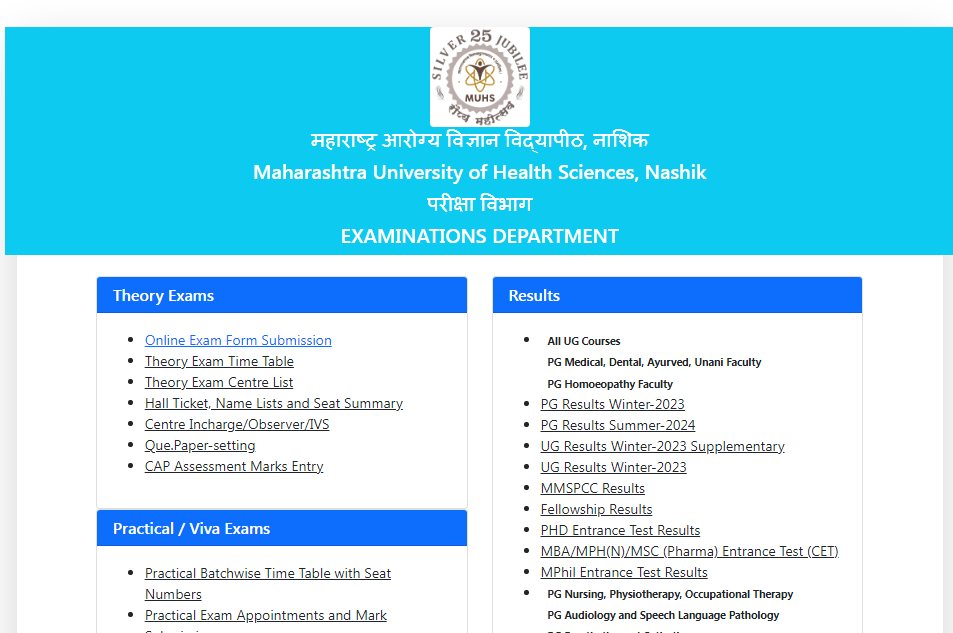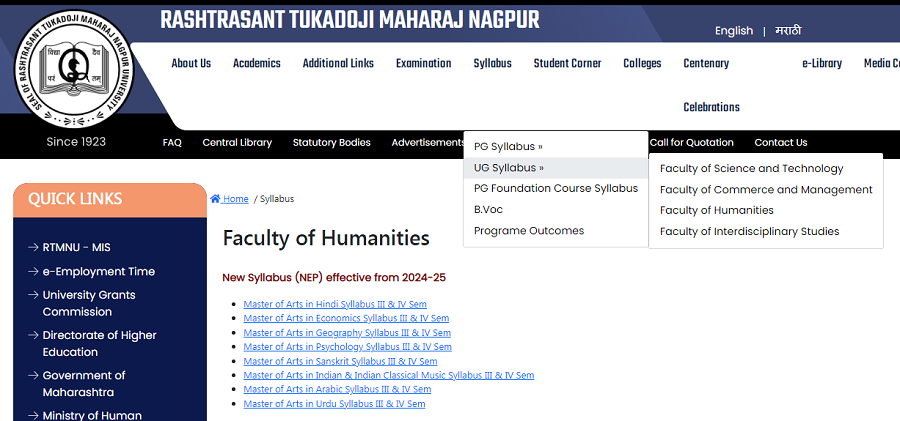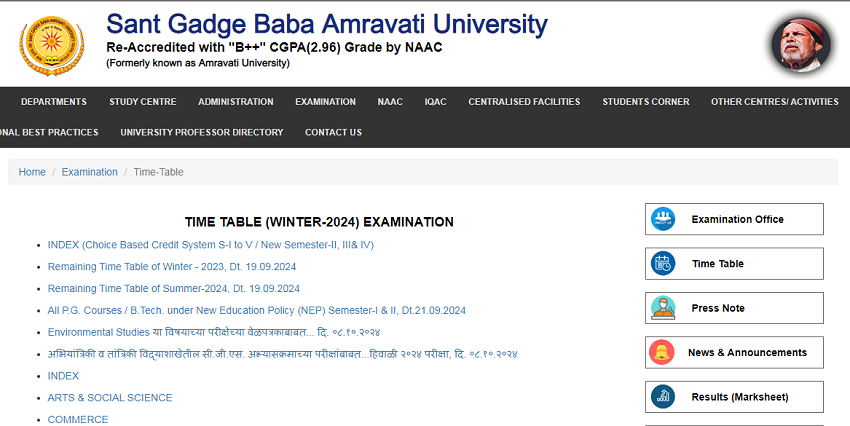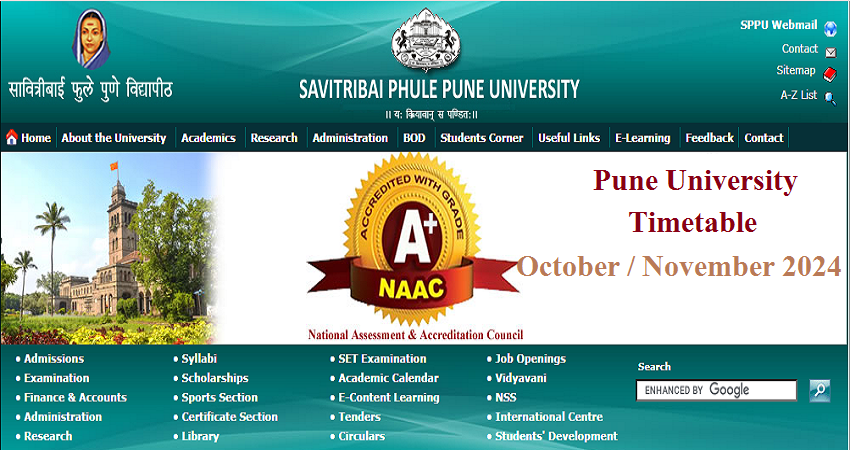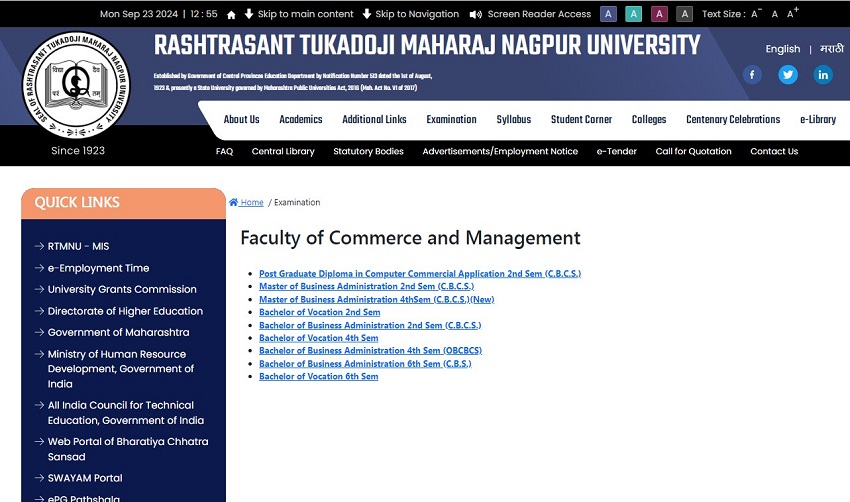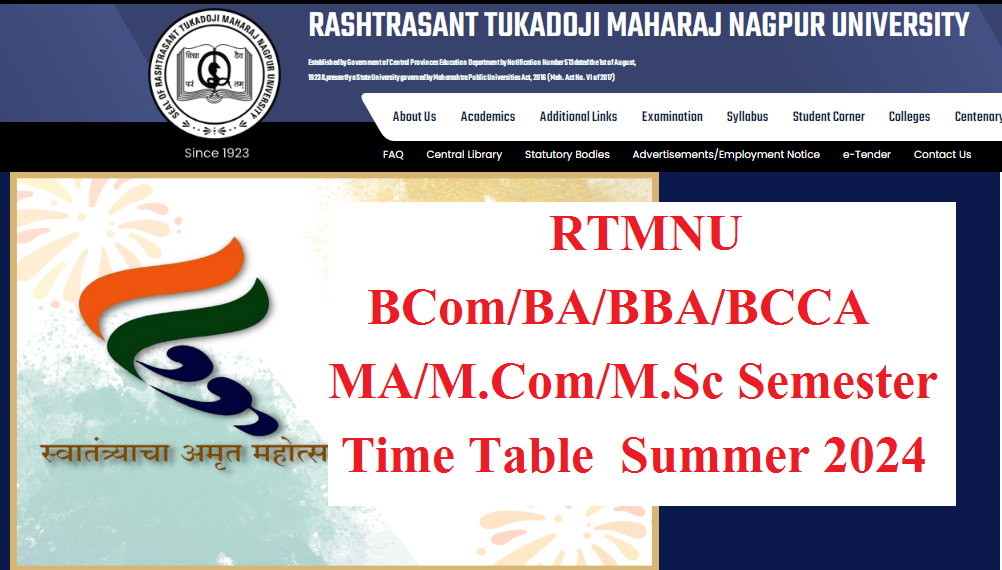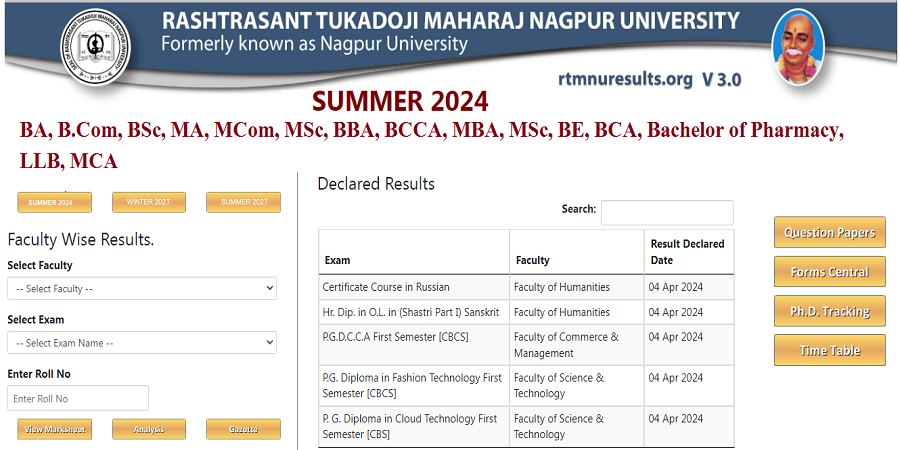DBATU DSE Revised Sem 3 Syllabus 2020-21
DBATU DSE Revised Sem 3 Syllabus 2020-21
DBATU DSE Revised Sem 3 Syllabus 2020-21 | Dr. Babasaheb Ambedkar Technological University,Lonere Syllabus Part 2 | DBATU Second Year DSE Syllabus
DBATU DSE Revised Sem 3 Syllabus 2020-21: DBAT University DSE Third Semester New Revised Syllabus is given below for Downloading. The students can Download the respective Syllabus from following given details. Just go through the given links & read the given syllabus carefully. Dr. Babasaheb Ambedkar Technological University, Lonere Second Year New Semester Online Detail syllabus given below.
Dr. Babasaheb Ambedkar Technological University, Lonere
Revised Syllabus Scheme for DSE Sem-III A.Y. 2020-21
ENGINEERING MATHS-III
Module 1: Laplace Transform (Lectures 05)
Definition – conditions for existence ; Transforms of elementary functions ; Properties of Laplace transforms – Linearity property, first shifting property, second shifting property, transforms of functions multiplied by, scale change property, transforms of functions divided by t,; Evaluation of integrals by using Laplace transform.
Topics for self-study: Transforms of integral of functions, transforms of derivatives Transforms of some special functions- periodic function, Heaviside-unit step function, Dirac delta function.
Module 2: Inverse Laplace Transform (Lectures 05)
Introductory remarks; Inverse transforms of some elementary functions; General methods of finding inverse transforms ; Partial fraction method and Convolution Theorem for finding inverse Laplace transforms.
Topics for self-study: Applications to find solutions of linear differential equations and simultaneous linear differential equations with constant coefficients.
Module 3: Fourier Transform (Lectures 05)
Complex form of Fourier integrals (Fourier Transform); Fourier sine and cosine transforms; Properties of Fourier transforms.
Topics for self-study: Definitions – integral transforms; Fourier integral theorem (without proof) ; Fourier sine and cosine integrals ; Perseval’s identity for Fourier Transforms.
Module 4: Partial Differential Equations and Their Applications (Lectures 05)
Formation of Partial differential equations by eliminating arbitrary constants and functions; Equations solvable by direct integration; Linear equations of first order (Lagrange’s linear equations). Method of separation of variables.
Topics for self-study: Applications tofind solutions of one dimensional heat flow equation , and two dimensional heat flow equation (i.e. Laplace equation)
Module5: Functions of Complex Variables (Differential calculus) (Lectures 05)
Analytic functions; Cauchy- Riemann equations in Cartesian and polar forms; Harmonic functions in Cartesian form;
Topics for self-study: Limit and continuity of f(z); Derivative of f(z) ; Mapping:
Translation, magnification and rotation, inversion and reflection , bilinear transformation; Conformal mapping.
Module6: Functions of Complex Variables (Integral calculus) (Lectures 05)
Residues; Cauchy’s residue theorem (All theorems without proofs). Topics for self-study: Cauchy’s integral theorem; Cauchy’s integral formula
MECHANICS OF SOLIDS
Module 1: Stress and Strain
Stress and Strain Simple stress -Analysis of internal forces, simple stress, shearing stress, bearing stress, Simple strains -Stress strain diagram for different engineering materials and its importance for elastic and plastic analysis, Hooke’s law: axial and shearing deformations, Poisson’s ratio: biaxial and tri-axial deformations relationship between modulus of rigidity and modulus of elasticity.
[Part of unit for Self-Study Mode: Diaphragm or skin stresses in thin walled vessels, statically indeterminate members and thermal stresses, variation of stress with inclination of element, variation of stress at a point: analytical derivation, introduction to strain measurement devices, Sensors: working principle]
Module 2: Axial Force, Shear Force and Moment in Beams Axial Force, Shear Force and Moment in Beams Axial force, shear force and moment in beams – concept of unbalanced forces at a transverse section, axial forces, shear forces and moment – interaction of these,
[Part of unit for Self-Study Mode: Relations among load shear and moment, introduction to moving loads]
Module 3: Stresses in beams
Stresses in beams: Theory of cylindrical bending, Relationship between intensity of loading, shear force and bending moment over elemental length, Derivation of flexural formula, economic sections, analysis of flexural action, derivation of formula for shearing stress, Torsion – Assumptions, derivation of torsion formulae, torsion of circular shafts, power transmission, stresses and deformation in determinate solid/hollow homogeneous shafts
[Part of unit for Self-Study Mode: concept of shear flow, shear lag and shear center]
Module 4: Columns and Struts
Concept of short and long columns, formulae by Euler and Rankin, Euler’s Crippling load for different end conditions, limitation of Euler’s formula, equivalent length. Eccentrically loaded short compression members, Kern of a section; load applied off the axes of symmetry, introduction to combined axial and flexural loads
Module 5: Combined Stresses
Combined Stresses State of simple shear, Analytical and graphical representation of state of combined stress at a point, principal stresses and strains
[Part of unit for Self-Study Mode: Absolute maximum shearing stress, application of Mohr’s circle to combined loading]
Module 6: Theories of Failure
Concept of failure in strength and failure in deformation, statement and application of maximum principal stress theory, maximum principal strain theory
[Part of unit for Self-Study Mode: statement and application of maximum strain energy theory, maximum shear stress theory, and maximum shear strain theory]
HYDRAULICS-I
Course Contents
Module 1: Fundamental Concepts (Lectures 06)
Definition of fluids, fluid properties-density, specific weight, specific volume, specific gravity, viscosity, compressibility, surface tension, capillarity, vapor pressure, types of fluids – Newtonian and non-Newtonian fluid
Topics for Self-Study: continuum, fluid pressure
Module 2: Fluid Statics (Lectures 06)
Forces on fluid elements, fundamental equation, manometers, hydrostatic thrust on submerged surfaces, buoyancy
Topics for Self-Study: stability of unconstrained bodies, fluids in rigid body motion
Module 3: Fluid Kinematics (Lectures 06)
Types of flow, continuity equation, Euler’s equation, Bernoulli’s equation, velocity potential and stream function, concept of flow net
Topics for Self-Study: Derivation and applications of momentum equation
Module 4: Laminar Flow (Lectures 06)
Fully developed laminar flow between infinite parallel plates, both plates stationary, upper plate moving with constant speed, fully developed laminar flow in pipe.
Turbulent flow:Shear stress distribution and turbulent velocity profiles in fully developed pipe flow, Prandtl mixing length theory
Topics for Self-Study: velocity distribution and shear stresses in turbulent flow, Nikuradse’s experiment, Introduction to Boundary Layer Theory
Module 5: Dimensional Analysis and Similitude (Lectures 06)
Nature of dimensional analysis, Rayleigh’s Method, Buckingham pi theorem, dimensionless groups and their physical significance
Topics for Self-Study: flow similarity and model studies, Scale Effects, Distorted and Undistorted Models
Module 6: Flow Measurement (Lectures 06)
Flow Through Pipes:Loss of energy in pipes, pipe discharging from a reservoir, pipe connecting two reservoirs in series and parallel, siphon, transmission of power through nozzle, introduction to Moody’s chart, nomograms and other pipe diagrams.
Topics for Self-Study: Direct methods, restriction flow meters, linear flow meters, traversing methods, measurements in open channel flow , water hammer in pipes- rigid and elastic water column theory, surge tanks –
function, calculation of head loss

